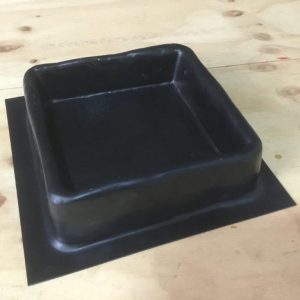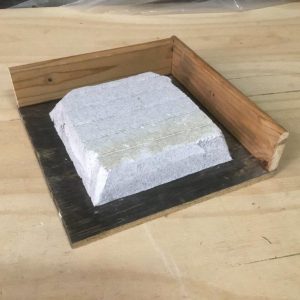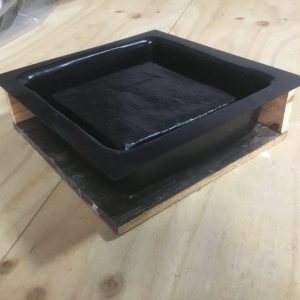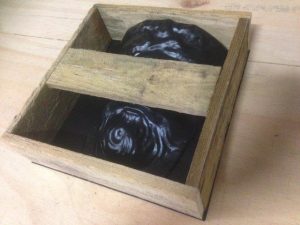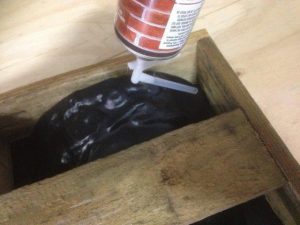No products in the cart.
How to Support Deep Moulds Correctly
Depending on what sort of shape the mould is, whether it has any deep crevices or if the inside walls of the mould need to be supported, it may require more than just the outer support of a wooden frame.
The cheapest and easiest method we have found is a polystyrene sheet (which can come in all shapes and sizes),
or expanding foam from a can, both products can usually be purchased at your General Hardware Store.
Polystyrene sheet is quite easy to shape to your mould or frame and can be cut with a hot knife or saw and glued to your mould for added stiffness and support.
Please see examples of these methods used:
This first picture shows a planter trough mould.
The second picture is with a polystyrene sheet being used to support the centre of the mould.
The third picture is with the mould sitting in the frame (two parts of the wood have been removed to show how the mould sits in the frame). The way this has been done now supports the inside walls, the outside walls and the bottom of the mould.
Expanding Spray foam can also be used, this is easy to use, although it can be messy if not used correctly, it is ideal for any awkward round shape moulds, once it has been sprayed to the underside of your mould, left to expand and cure it can be trimmed accordingly.
The picture shows a head mould with expanding foam just about to be sprayed into the mould to help support the side walls of the mould.
Webbing
Webbing on plastic moulds often occurs when the item being formed has more surface area then the hot plastic requires, so there is basically an excess of plastic.
Webbing only occurs on certain types of moulds, usually on more complex moulds being vacuum formed.
Whilst cosmetically it may not look as nice as perfectly formed moulds, it can sometimes help to add strength to the mould where the webbing has occurred.
The mould will still require a simple box or frame to give strength and an even cast. Please see how to frame a plastic mould section.

